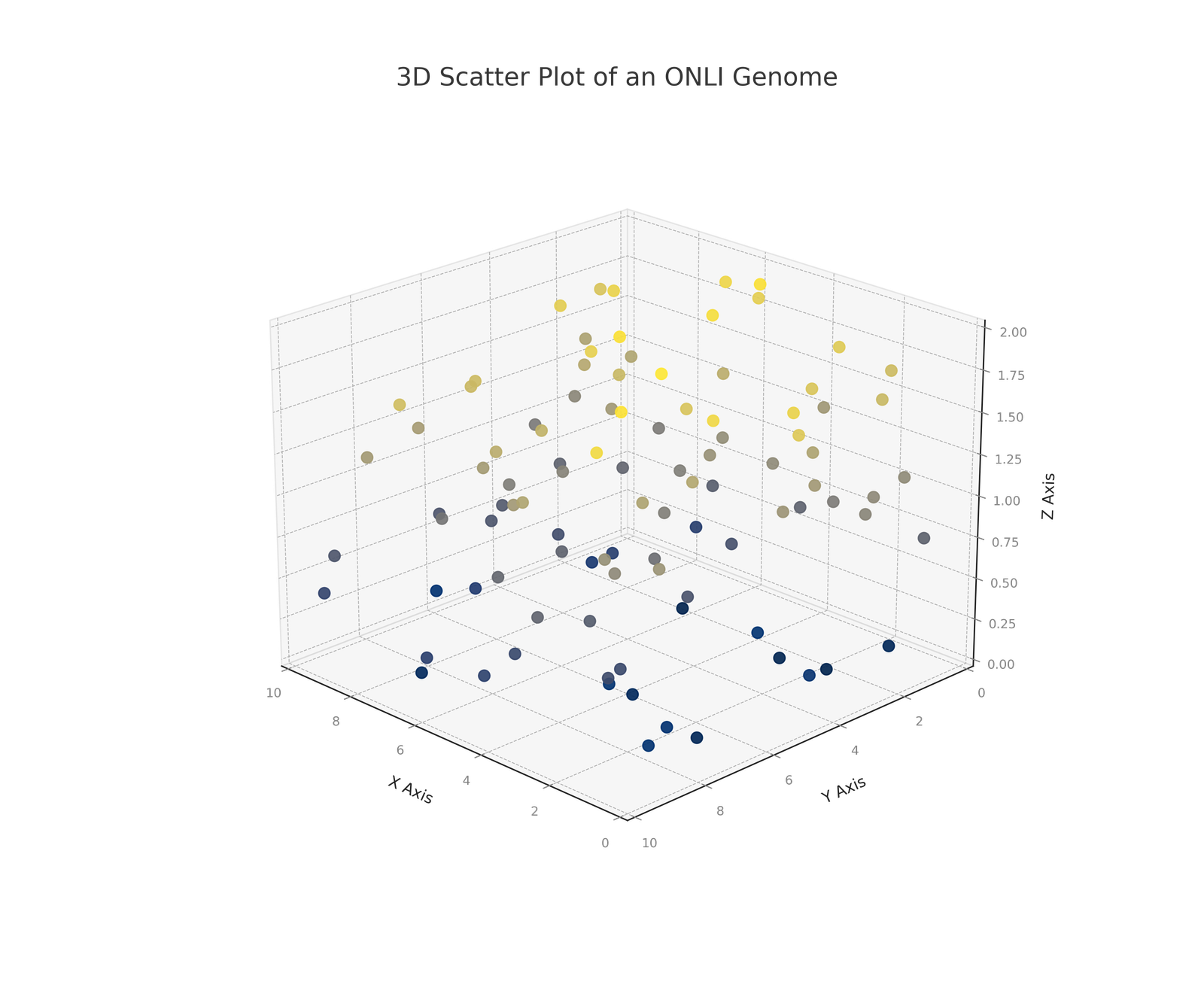build.withonli.comwhite paper
Onli™ is not an upgrade to existing digital infrastructure—it is a paradigm shift. Traditional systems assume that data can only be copied, tracked, and secured after the fact. Onli™ challenges this assumption at its root. It introduces a new data model, a new protocol, and a new logic: instead of managing information, Onli™ manages possession. This shift produces digital objects that are self-contained, self-verifying, and provably unique—all without ledgers, tokens, or consensus mechanisms. By relocating trust from external registries to the object itself, Onli™ enables true ownership, legal-grade asset creation, and secure peer-to-peer transfer across networks, with no reliance on third parties.
Possession vs. Custodianship: - True ownership begins with possession—the ability to directly control something and exclude all others. In the physical world, this is simple: if you hold the key, you control the lock. But in the digital world, especially in blockchain systems, “ownership” is really custodianship. In blockchain, you don’t own the asset itself. Instead, you hold a cryptographic key that controls an entry on a shared ledger. The asset exists elsewhere—as a pointer, a reference, a smart contract, or in the case of many cryptocurrencies, merely as the key itself. Your control is abstract, dependent on the integrity of the network, the security of your private key, and the rules of the protocol.
Onli™ changes this entirely. With Onli™, possession is literal. The asset exists as a self-contained object—a Genome—that lives in your Vault. It cannot be copied, moved, or manipulated without your Gene (your cryptographic identity). Each Genome carries its own logic, permissions, and proof of origin. There is no ledger to reference, no middleman to trust, and no abstraction to maintain. You don’t own a pointer to something. You own the thing itself.
This is actual possession in the digital world—something blockchains, by design, cannot provide.
From Intangible to Tangible-Physical assets such as cash, gold, or property are tangible: they can be held, transferred, and proved through possession. Digital assets, by contrast, have historically been intangible: trademarks, files, or online identities exist symbolically, referenced in registries or managed through access rights rather than direct possession.
Onli™ transforms this equation. By solving the Uniqueness Quantification Problem, it converts intangible digital data into possessable digital objects. These objects act like physical ones: they are provably unique, transferable, and ownable in themselves.
In doing so, Onli™ bridges the gap between tangible and intangible. It gives digital assets the same legal and functional weight as physical ones, but without relying on blockchains, third parties, or central registries.
Onli™ does not extend existing models. It replaces them—with a system designed from the ground up around possession, uniqueness, and actual ownership.
07
ELI5: In Plain English
OnliVault constitutes a hyperdimensional vector storage database that manages unique digital containers called Onli. Each Onli embodies a tensor-based storage model structured as a three-dimensional data array. Every container is cryptographically bound to an unforgeable credential, ensuring mathematically verifiable ownership and provenance. Computational operations such as transmission or replication are governed by a proprietary uniqueness quantification algorithm. Rather than duplicating data, this algorithm employs evolutionary mechanisms to modify the container itself. These non-deterministic transfer protocols provide strong resistance to prediction, cloning, spoofing, and unauthorized access, while simultaneously optimizing performance.
This architecture enables real-time maintenance of a globally consistent state across distributed nodes. This is different. The web is a network of documents stored on a network of computers. Onli is a network of structured documents (genomes) stored on a network of vaults (trusted execution environments) across a network of devices.
OnliVault implements structured documents, or “genomes,” within distributed vaults operating as trusted execution environments. This design establishes a tripartite value model:
• Structure: tensor-based document genomes.
• Protocol: evolutionary, non-deterministic transfer rules.
• Security: cryptographic assurance within trusted execution environments.
This is something very different. Onli is not crypto. A cryptocurrency transaction is a transfer of information made between blockchain addresses. An Onli transaction is an asset transfer, which is a transfer of possession between owners. This is different from the ground up.
Onli introduces a paradigm shift in digital asset management: a system that is structurally unique, computationally adaptive, and inherently secure—different from the ground up.
